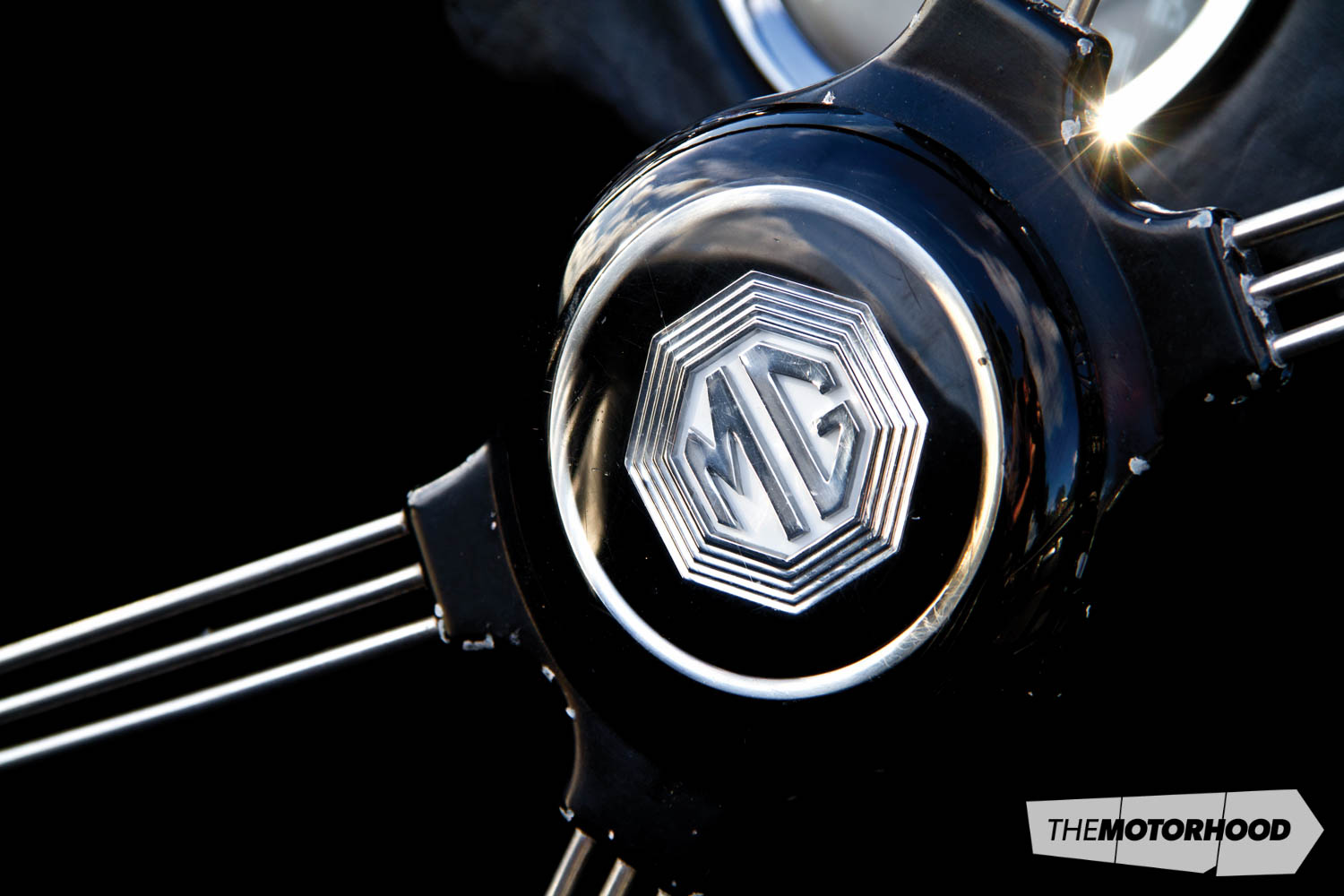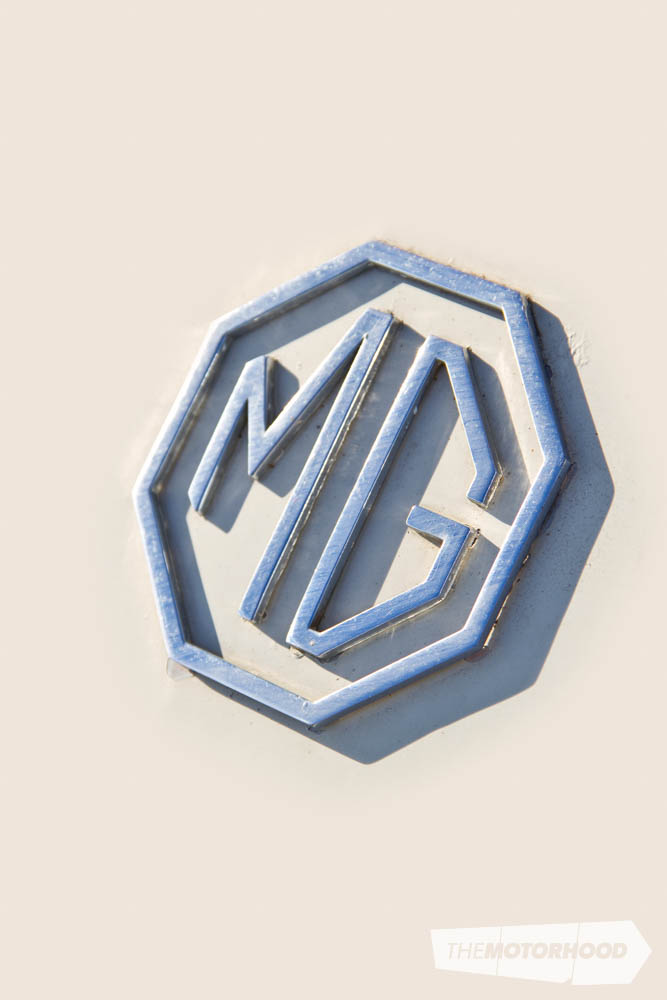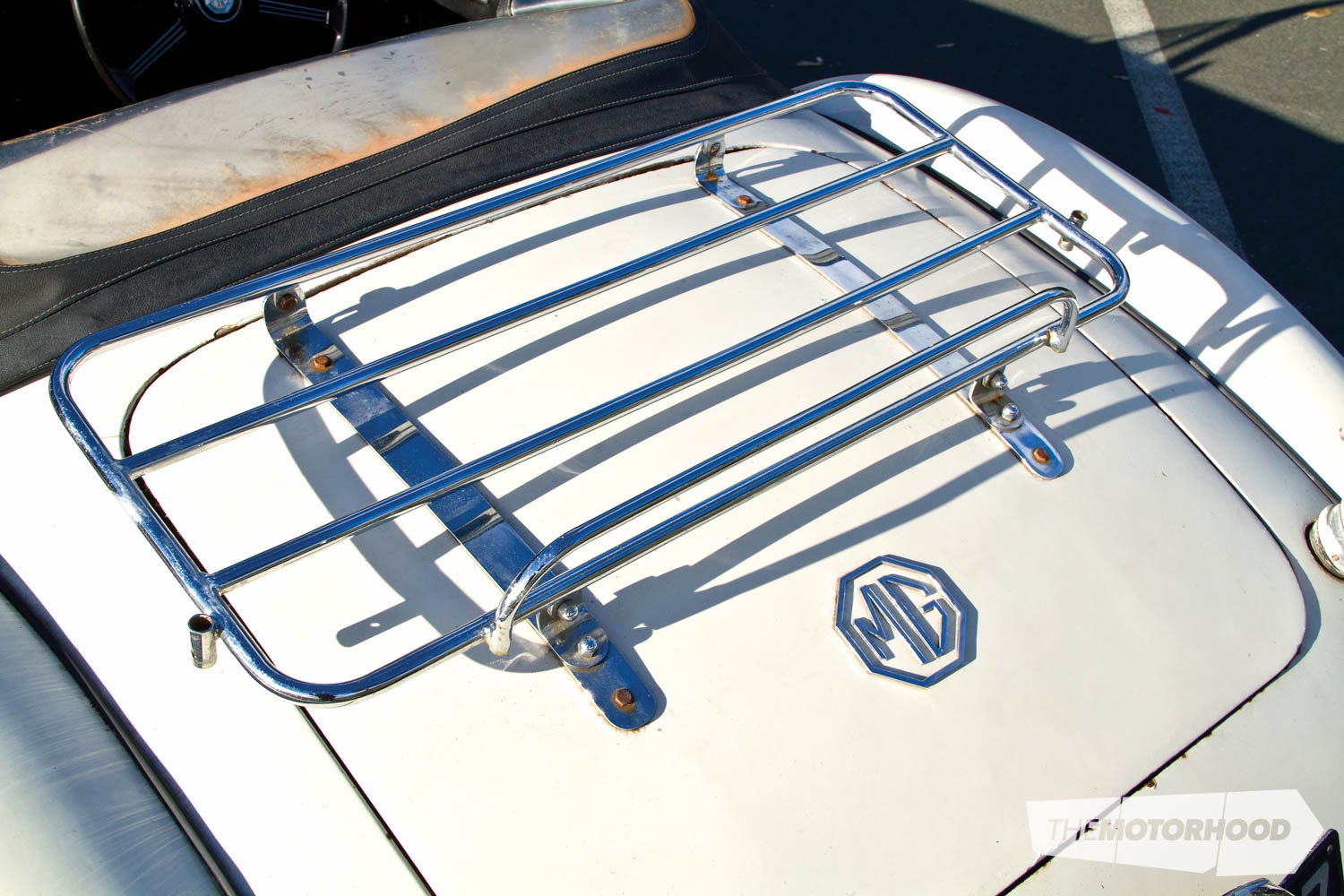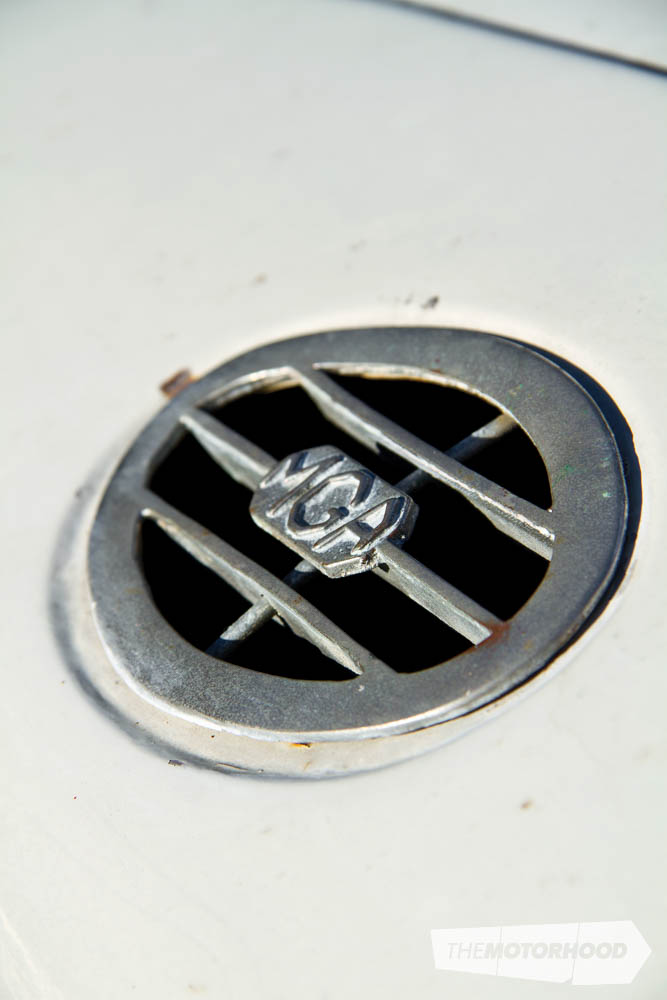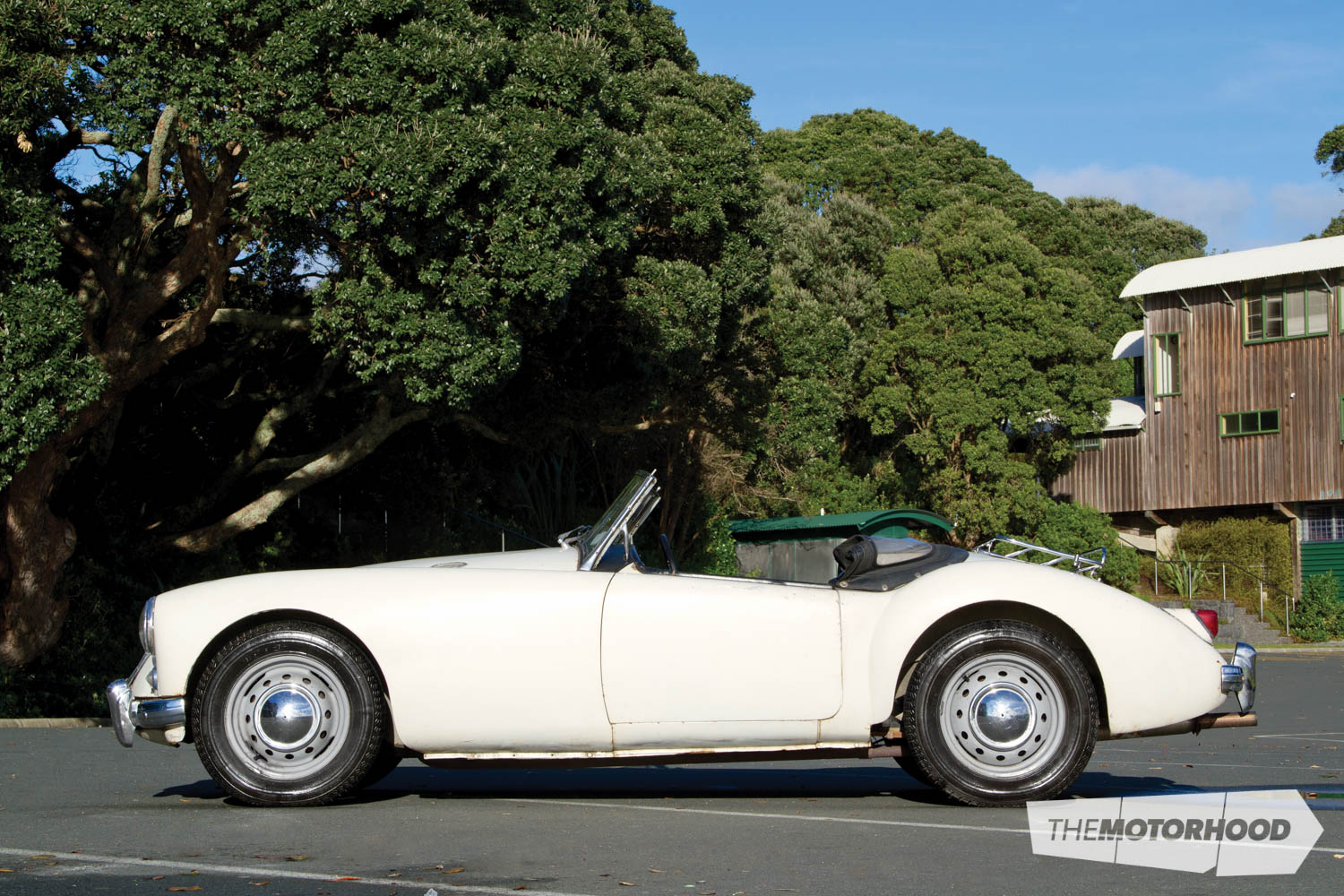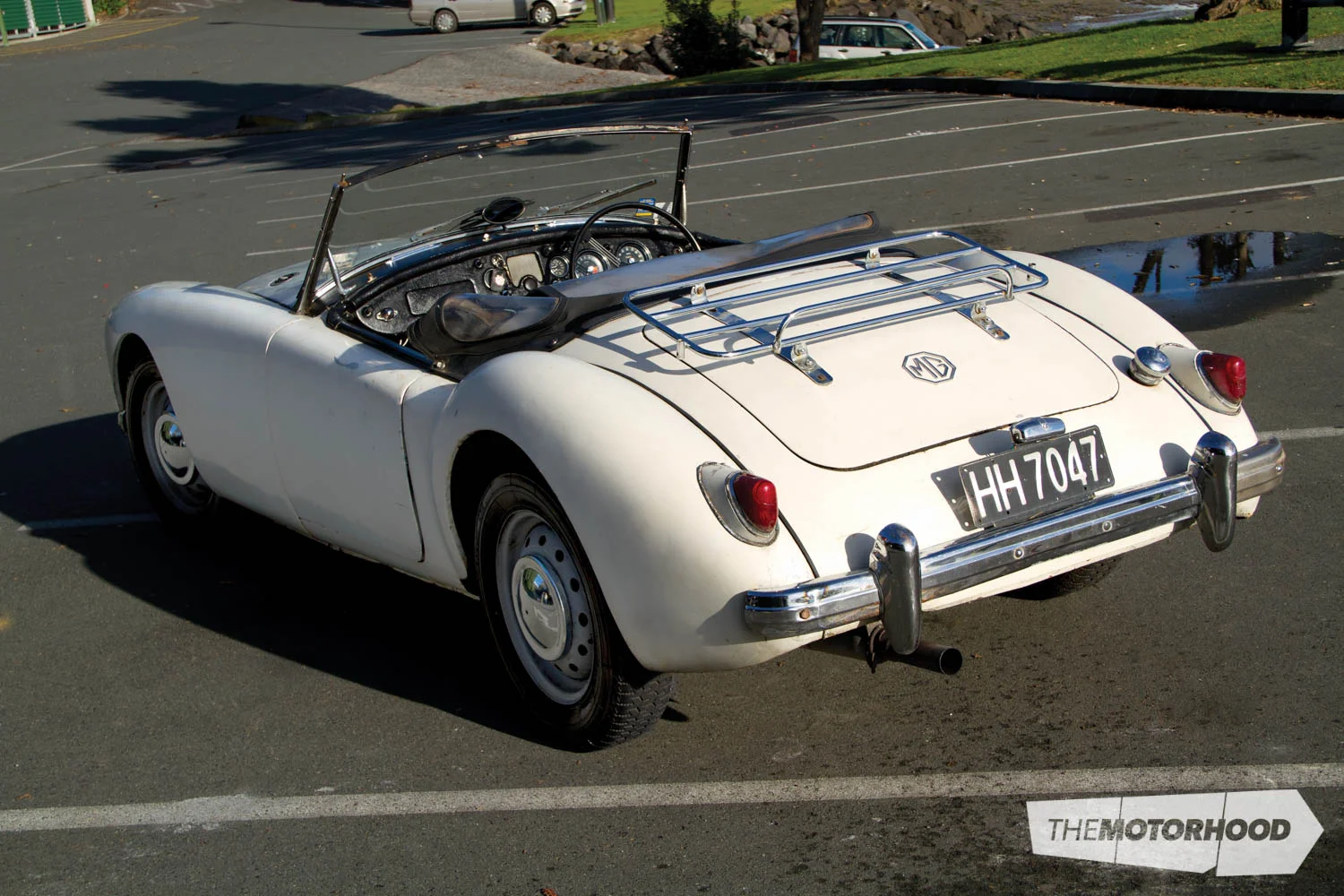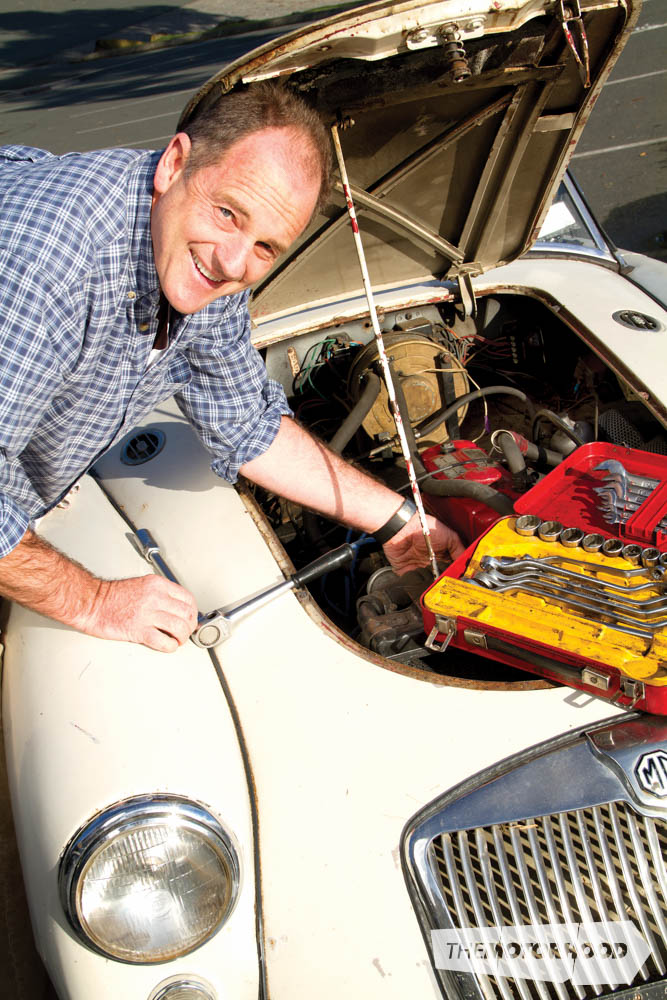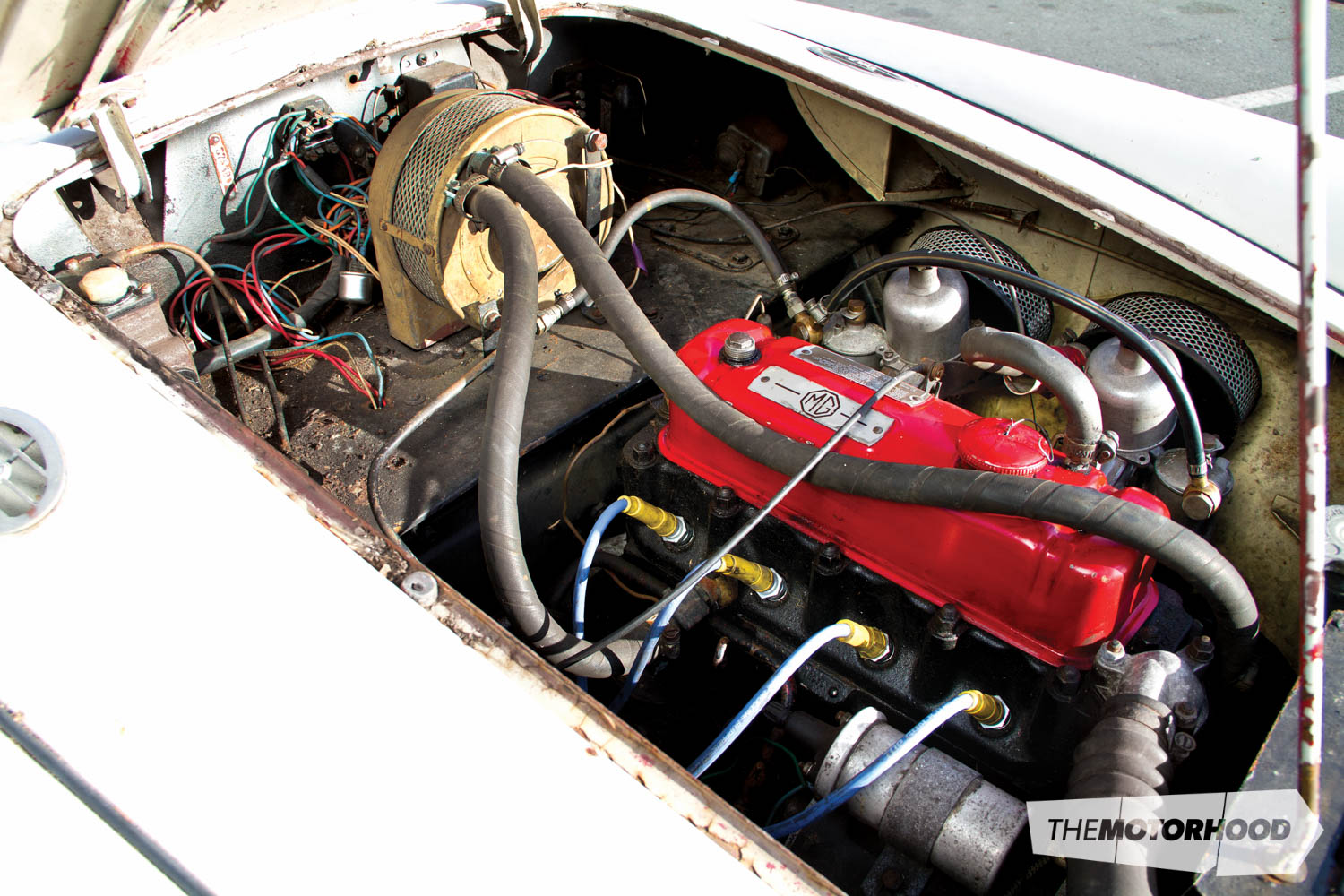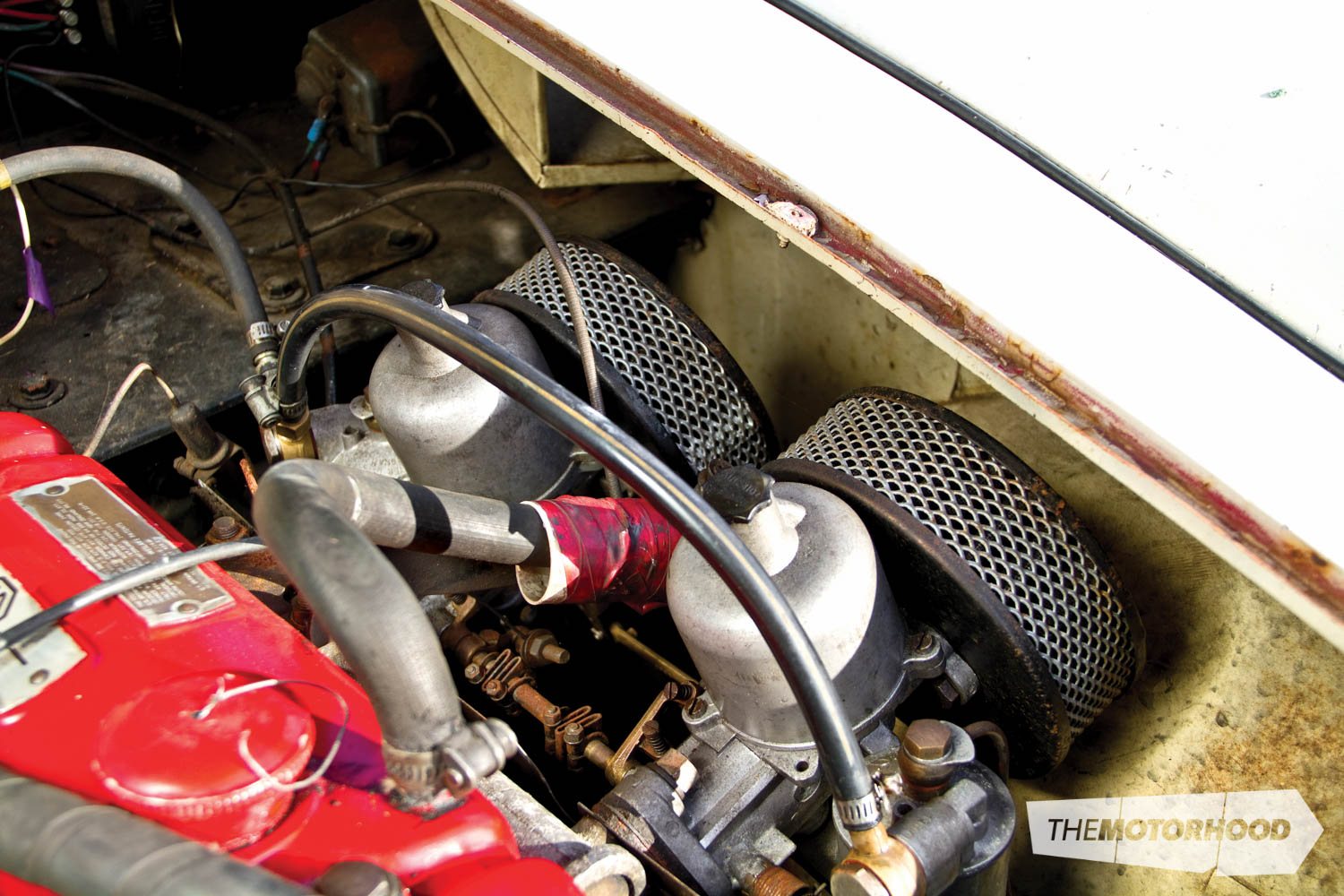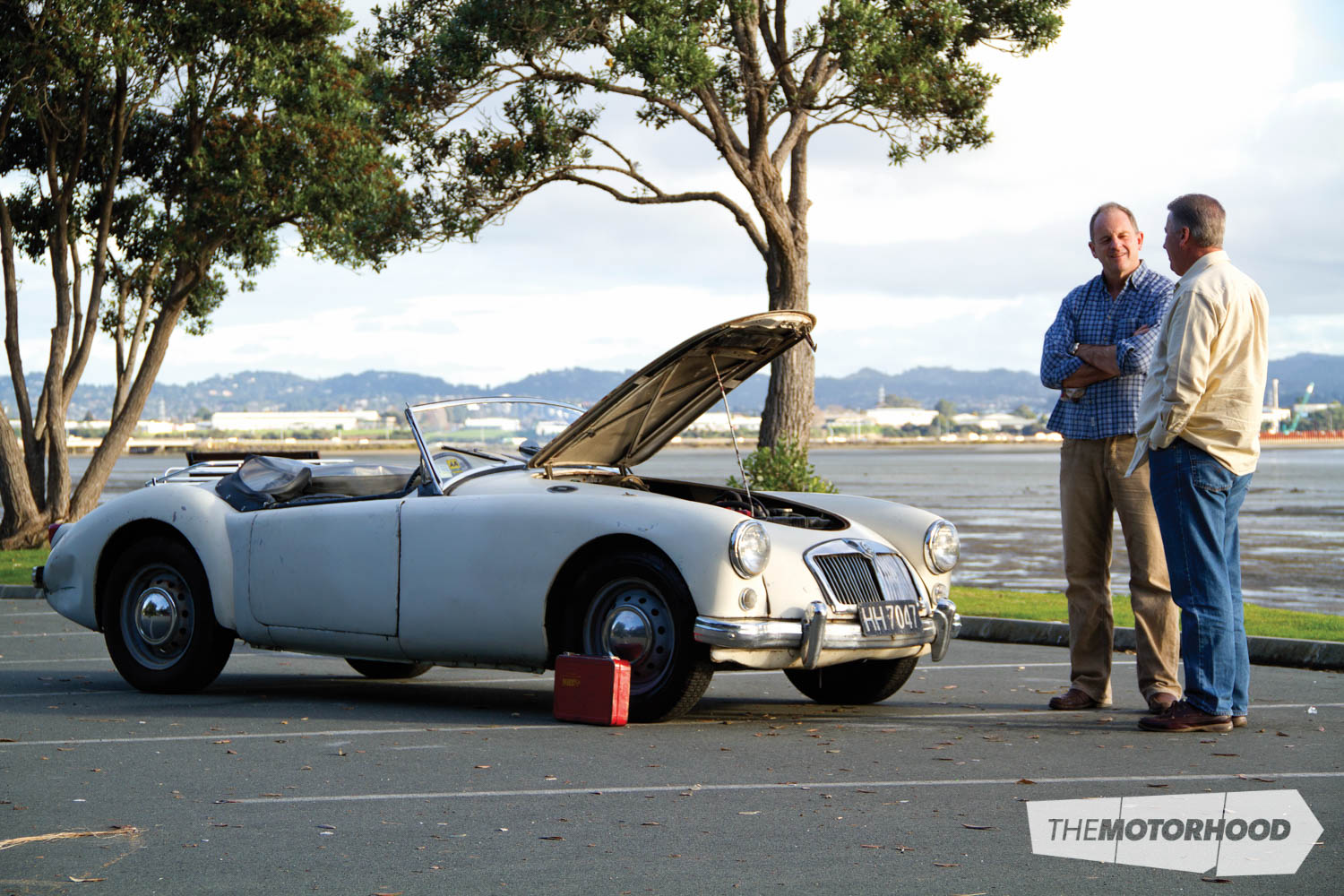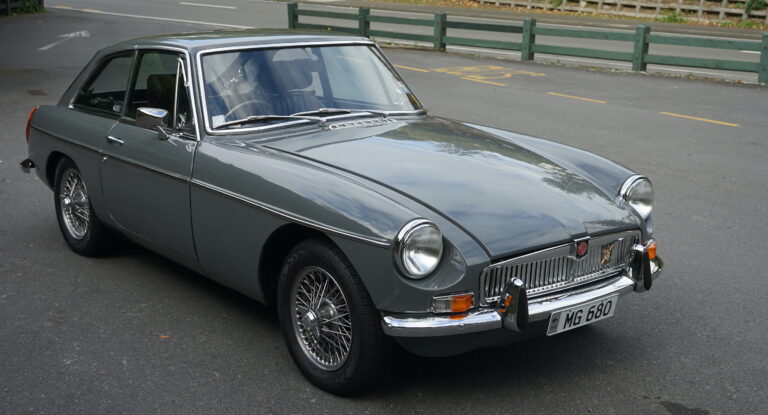I know I’ve said it many times before, and, at the risk of sounding like a broken record, I’ll say it again. The passionate people we regularly meet every month not only love classic cars as much as we do, they also live just as varied and interesting lives as their cars.
If we needed further confirmation of that observation, we couldn’t have asked for a better example than the one provided by the owner of this MGA.

To be perfectly honest, I’ve not met too many politicians. So when the opportunity arose to sit down with Labour Party MP, David Shearer, and talk about the trusty old MGA that he’s owned for many years, we thought it might make for interesting reading.
When we arrived at David’s home, I quickly realized he’s a very busy man, but after spending most of the day visiting primary schools in his Mt Albert electorate, he was able squeeze in some time with us.
I was very tempted to ask all those types of questions most of us would love to ask any politician when given the opportunity — such as his take on the current state of the economy, education, law and order, employment, welfare, and so on. However, our major interest is classic cars, so we focused primarily on David’s MGA.
An interesting life

As we wheeled out David’s classic British roadster, the first thought that came to mind was along the lines of; how does a high-ranking member of any major political party find the time for such an all-consuming hobby as owning a classic car, whilst also spending the bulk of his time in Wellington questioning the sitting government, and holding it accountable to the public of New Zealand.

However, as we started up our conversation it soon became apparent that David is familiar with the vagaries of a busy private and public life — indeed, the more we talked, the more we discovered. To say David Shearer has led an interesting life thus far is indeed an understatement. He spent many years working in such places as Iraq, Somalia, Kosovo, and Afghanistan for the United Nations and other organisations, helping people caught up in war and conflict – often under extreme pressure and life-threatening situations. David was named New Zealander of the Year by the New Zealand Herald in 1993 for his work in Somalia, and made a Member of the British Empire (MBE) in the Queen’s 1993 New Year Honours List. In 1994, Save the Children awarded David its International Award for Gallantry for his service in areas of conflict.

David has also harboured a passion for old cars for as long as he can remember. During his younger, teenage years, when he was working in a petrol station pumping gas, he still recalls a red MG TF that appeared every now and then on the station forecourt. It was a car that he really took a liking to, and his admiration of the style, shape and presence of this wonderful machine made David go out in search of magazine articles specifically about MG TFs, and meant he could often be found drawing them whilst at school. MG TFs were few and far between, and David knew they would be expensive, but also knew that one day he would own an MG.

Some years later, a friend bought an MGA, and David really loved the curvaceous lines and shape of the car. He found himself searching through the local newspapers, checking them out to see if any were for sale. Naturally, the odd MGA did appear, but they were always outside David’s budget, so he decided to look for an MG Midget as his first car. Unfortunately, his father talked him out of buying a Midget, as he felt that a two-seater was too impractical. As a result of this fatherly advice, in his early 20s David ended up buying a Morris Minor van instead. He readily admits the Morrie was rather more practical as an everyday vehicle than a small, British sports car.
Labour of love

Fast forward to 1993, and while he was looking through the newspaper, David discovered a reasonably priced MGA located in Te Puke, which was advertised as being in good running order. He wasted no time in driving down from Auckland to view the car and, after giving it a quick once over, he made the owner an offer. The cars owner wouldn’t accept it, as it was lower than the asking price, so, initially, David walked away. However, he really liked the car, and knew he had to own the MGA. With his mind made up, he returned to the owner’s house and agreed to pay the full asking price.

David clearly remembers driving the MGA back to Auckland with the top down, feeling like a million dollars. His intention was to slowly refurbish the car until he returned it to its former glory, but as he loved driving the car so much, he ended up using the MG almost every day.
Each year he would spend a few dollars on it to maintain it sufficiently to keep it on the road and, when he was working for Phil Goff at Parliament in the early 2000s, the MGA became a common sight in the Beehive car park.
David reckons the sound of the MG’s rorty 1500cc four-cylinder engine reverberating off the concrete walls and ceilings of the car park was indeed memorable.
Although David enjoys getting under the bonnet and doing whatever he can to keep the MG running, he also employs the expertise of an MG specialist to keep an eye on it. Although the car is in reasonable mechanical condition, the body is now at a stage where it needs attention. This basically means it will need a complete body-off restoration. Why doesn’t he just sell it? The answer is simple: because he’s become so attached to the MG, and he doesn’t want to part with it.

Sure, like all British sports cars, it’s let him down a few times and stranded him on more than one occasion. But such incidents are generally regarded as being character-building by most classic car enthusiasts. Overall, the MGA has proved to very reliable over the years. Although, on one rather embarrassing occasion David remembers the electric fuel pump was up to its old tricks, and needed the odd tap with a spanner to keep it ticking over. On that particular day, a very nice lady waved whilst David was driving along with the top down, and he responded with a wave back as he passed her by. A few kilometres down the road the fuel pump decided to pack up, requiring some of David’s more persuasive techniques with the spanner just as the young lady drove past. It was one of those moments he’s never forgotten.
When his schedule has permitted, David has been able to attend the odd MG event over the years, and really enjoyed the company of the other MG owners. Sadly, his current work commitments mean he doesn’t get nearly enough time to appreciate the MGA as much as he’d like.
One day, David says he will restore the car to its former glory. This MGA has become part of the family, and his on-going commitment to the curvaceous British sports car continues to be, for want of a better term, a Labour of love.
Photos: Mark Curran
1957 MGA
Engine
- Model: Inline, four-cylinder/OHV Capacity
- Capacity: 1489cc
- Bore x stroke: 73x89mm
- Valves: OHV
- Max power: 51kW at 5500rpm
- Max torque: 105Nm at 3500rpm
- Comp ratio: 8.3:1
- Fuel system: Twin SU carburettors
- Transmission: Four-speed manual
Support
- Struts: (F) independent by coils/wishbones and lever arm dampers (R) semi-elliptic leaf springs, lever arm dampers
- Steering: Rack and pinion
- Brakes: Drum/drum
Dimensions:
- O/all length: 3962mm
- Width: 1473mm
- Height: 1270mm
- Wheelbase: 2387mm
- Kerb weight: 927kg
Performance
- 0–100k/ph: 16 seconds
- Standing ¼ mile: 20.4 seconds
- Max speed: 157kph


